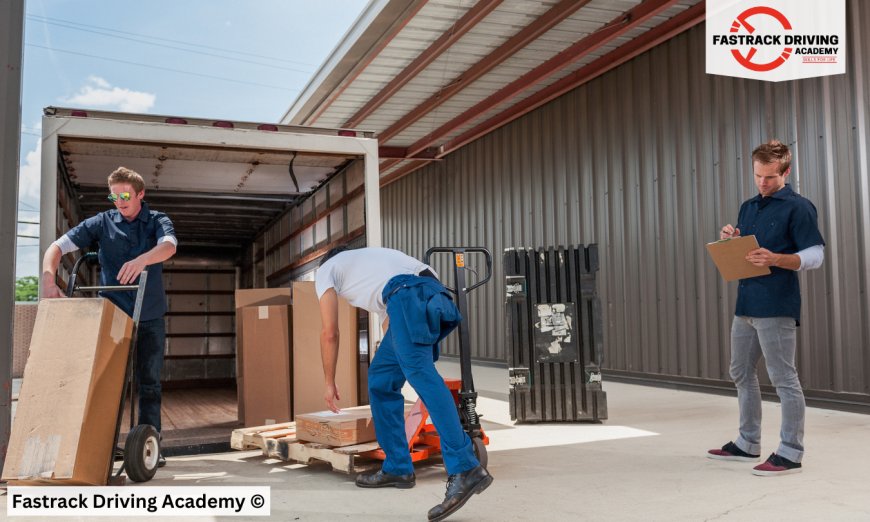Safety First: Understanding Load Security for Truck Drivers
Learn essential load security techniques for truck drivers to ensure safe transport. Discover best practices, regulations, and equipment for cargo safety.

Load security is a critical aspect of trucking safety that often goes overlooked. For truck drivers, securing cargo properly is not just about ensuring the safe transport of goods; it’s also vital for protecting their lives, the lives of others on the road, and the integrity of the cargo itself. Here’s what every truck driver needs to know about load security.
The Importance of Load Security
Improperly secured loads can shift during transit, leading to dangerous situations such as rollovers, accidents, and cargo spills. According to the Federal Motor Carrier Safety Administration (FMCSA), a significant percentage of accidents involving commercial vehicles are related to unsecured or improperly secured loads. Ensuring that cargo is secured correctly can help prevent these incidents and minimize risks.
Key Load Security Techniques
-
Understanding Weight Distribution: Proper weight distribution is essential for maintaining balance and control. Distribute the weight evenly across the trailer, placing heavier items on the bottom and closer to the center to lower the center of gravity.
-
Using the Right Equipment: Choose appropriate securing equipment based on the type of cargo. This can include:
- Ratchet Straps: Ideal for securing lighter loads.
- Chains and Binders: Best for heavy or bulky items.
- Tarps: Protect loads from environmental elements and provide additional security.
-
Utilizing Dunnage: Use dunnage, such as wooden blocks or inflatable airbags, to fill empty spaces and prevent movement within the cargo area.
-
Strapping and Tying Down: Employ multiple tie-downs to ensure the cargo is held firmly in place. Follow the general rule of having at least one tie-down for every 10 feet of cargo length.
-
Regular Inspections: Before setting out and during rest breaks, inspect the load and securing devices. Ensure that nothing has shifted and that straps or chains are still tight.
Legal Regulations and Guidelines
Truck drivers must adhere to various regulations concerning load security, including those set forth by the FMCSA and the Department of Transportation (DOT). These regulations dictate the minimum requirements for securing loads, including the number of tie-downs required based on the weight and type of cargo. Familiarizing oneself with these regulations is essential for compliance and safety.
Best Practices for Load Security
- Training and Education: Continuous education on load security best practices is crucial. Participate in training programs that cover the latest techniques and regulations.
- Documentation: Keep records of inspections and secure load certifications. This documentation can be crucial in case of disputes or accidents.
- Communication: Maintain open communication with dispatchers and warehouse staff regarding load specifics and any changes that might impact load security.
Conclusion
Load security is an integral part of trucking safety that should never be taken lightly. By understanding the importance of proper securing techniques, adhering to legal regulations, and implementing best practices, truck drivers can ensure the safety of themselves, their cargo, and everyone else on the road. Remember, when it comes to load security, safety always comes first.
What's Your Reaction?
































